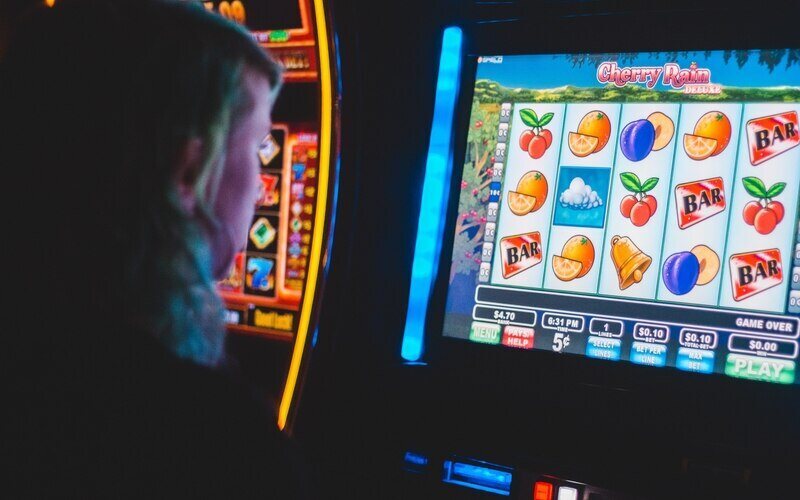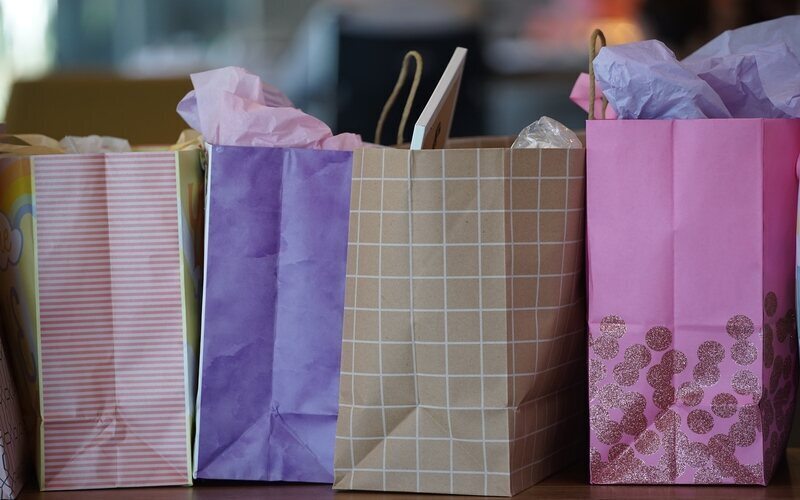This continues a consistent trend in the rate of annualised growth slowing since it peaked at 29.2% in August.
The household spending indicator revealed all spending categories recorded an increase apart from alcoholic beverages and tobacco (-5.4%).
The largest increases were transport, 41.5%; hotels, cafes, and restaurants, 38.5%; and clothing and footwear, 20.9%.
Through the year discretionary household spending rose 13.3%, driven by spending in recreational and cultural services and clothing and footwear.
Meanwhile, non-discretionary household spending rose 22.2%, driven by spending on transport services and catering services.
It should be noted that the ABS indicator is only produced in terms of current prices, so it does not take into account inflationary pressures pushing up the cost of many goods and services.
ABS Head of Business Indicators Robert Ewing said household spending remained high to start the new year, with increases across eight of the nine spending categories compared to January 2022.
“This can be credited to the post-COVID recovery in spending categories such as transport, hotels, cafes and restaurants and recreation and culture,” Mr Ewing said.
“Spending on these services was more affected by COVID restrictions, and 2022 has seen a recovery to a more normal share of total spending.
“From the low point in April 2020, spending on services has risen 145.5% compared to 35.8% for goods.”
State and territory results
The ABS revealed all states and territories saw increased household spending in January 2023 when compared to the same time last year.
The Australian Capital Territory recorded the largest increase in spending (20.5%), followed by South Australia and Victoria (19.7%).
Through the year, rises were higher in all states and territories this month compared with December’s figures.
Tasmania had the largest percentage point increase, rising from 9.2% in December, to 17.9% in January.
CommBank data points to February dip
The CommBank Household Spending Intentions Index (HSI) decreased by a nominal 0.1% in February, following on from a large 6.9% fall in January.
The data shows the fall in February was led by a seasonal decline in the entertainment (-11.3%) retail (-9.8%), and travel (-8.9%) sectors.
With monthly inflation at 7.4%, weakness is building in the retail space particularly in items such as household goods which continues to be impacted by falling home prices and lower turnover.
The Westpac Consumer Sentiment Index for March found an emerging area of concern is the outlook for sales of major household items.
“The ‘time to buy a major household item’ sub-index fell 4% to 74.9 in March, following a 10% fall last month,” said Bill Evans, Westpac Chief Economist.
“Apart from two brief tumbles during the Global Financial Crisis, both monthly falls that were quickly reversed, this is the lowest read on this component in the history of the survey going back to 1974.”
Large falls in the HSI index was offset by an increase of 21% in home buying - still remains 20% lower than a year ago.
The rebound in February was due to an increase in home loan applications and Google searches for property inspections and appraisals following the summer holidays.
CBA Senior Economist Belinda Allen said February’s HSI Index showed a further brake on discretionary spending.
“We are seeing the growing impact of higher interest rates, with consumers taking stock and prioritising what they are spending their money on,” Ms Allen said.
“Despite this, there is still demand for travel which indicates Australians are willing to sacrifice spending on other discretionary categories to enjoy a well-earned holiday following the pandemic.”
With another rate rise forecast for next month, CommBank expects the HSI index to weaken further in the coming months as added household pressure slows consumer spending.
| Spending category | Monthly change % | Yearly change % |
| Entertainment | -11.3% | -7.9% |
| Retail | -9.8% | +4.0% |
| Travel | -8.9% | +8.1% |
| Insurance | -0.8% | +0.5% |
| Utilities | +0.2% | +5.8% |
| Communications and digital streaming | +0.3% | +2.7% |
| Household services | +0.4% | +6.6% |
| Transport | +1.0% | +44.3% |
| Education | +3.8% | +10.2% |
| Motor vehicle | +3.9% | +19,5% |
| Health and fitness | +12.7% | -2.0% |
| Home buying | +21.0% | -20.5% |
Image by Porapak Apichodilok via Pexels



 Harrison Astbury
Harrison Astbury
 Harry O'Sullivan
Harry O'Sullivan

 William Jolly
William Jolly


